Castles & Palaces
Esterházy Palace - Fertőd
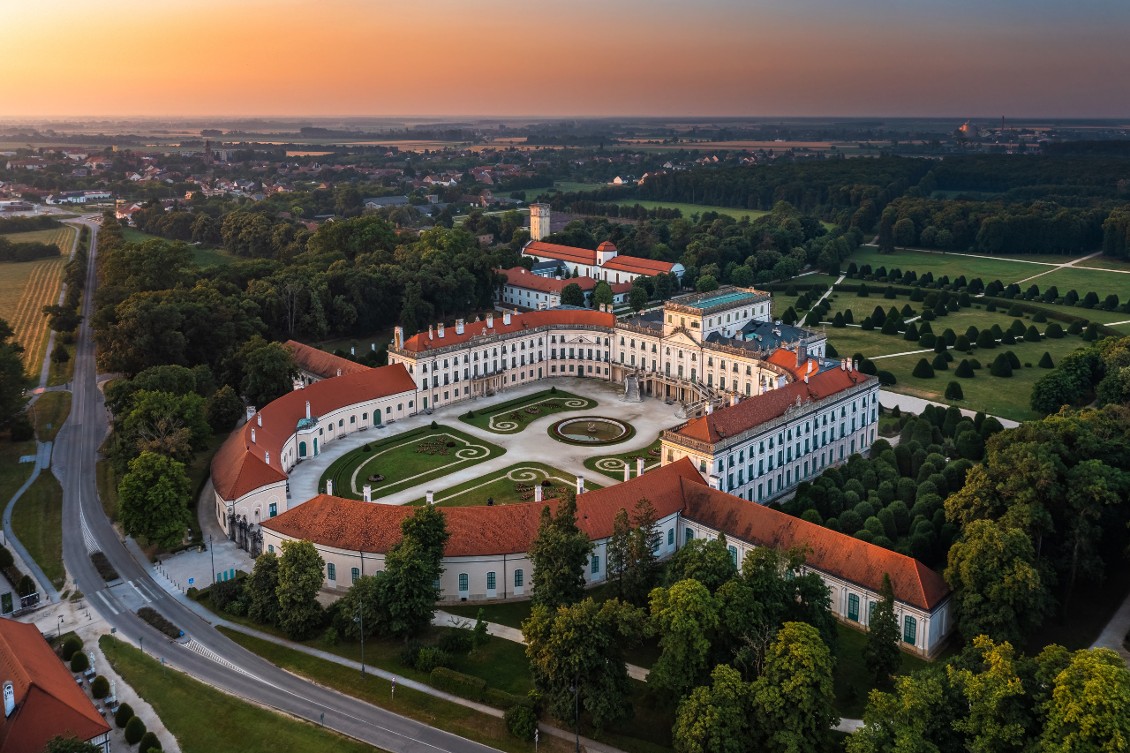
Since 2001, Lake Fertő and the surrounding region have been considered a UNESCO World Heritage site. Many enchanting towns and villages are located in this area, but Fertőd is one of the most famous settlements. Esterházy Palace is the largest Baroque castle in Hungary, also known as the “Hungarian Versailles”, is located in the centre of the small town. Its halls host summer concerts and its music hall houses an exhibit evoking the castle’s musical life of yore. The park and the landscape surrounding the castle represent the most mature work of Baroque garden art in Hungary. The Rose Garden, one of the residence’s unparalleled attractions was reconstructed in 2005. Walking through the 220-meter-long, cross-shaped trellis system and the central pavilion, visitors can admire more than 8,000 rose varieties in Hungary’s oldest rose garden.
Festetics Palace - Keszthely
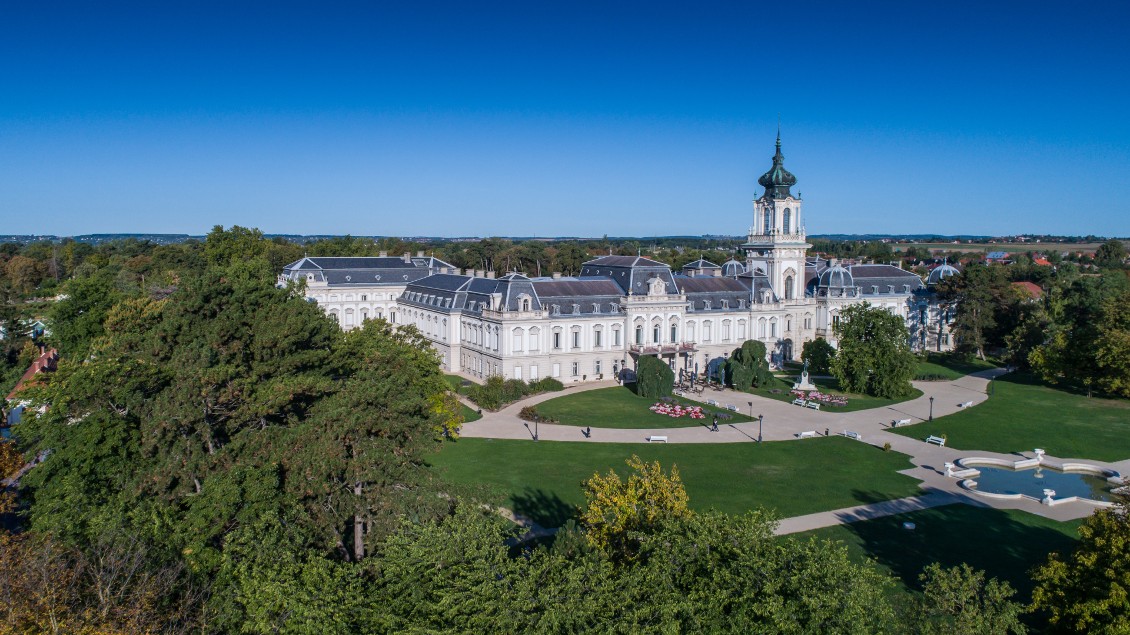
The Festetics Palace in Keszthely at Lake Balaton is the most visited historical palace in Hungary. Today it serves as a museum and exhibition place offering five permanent exhibitions in five buildings. The most remarkable part of Festetics Castle is its 42-hectare park which is a strictly protected area. Every year, 70,000 flowers are planted in its area. The park has its own palm house with exotic and rare plants, an aquarium, a small pond and a bird park. The oldest plant in the garden is a 400-year-old Common European oak tree. The park also features an exhibition representing the biggest chariot collection of Hungary only featured in Keszthely. The library of the castle is the only remained aristocratic collection in Europe with approximately 80,000 books.
Royal Palace of Gödöllő
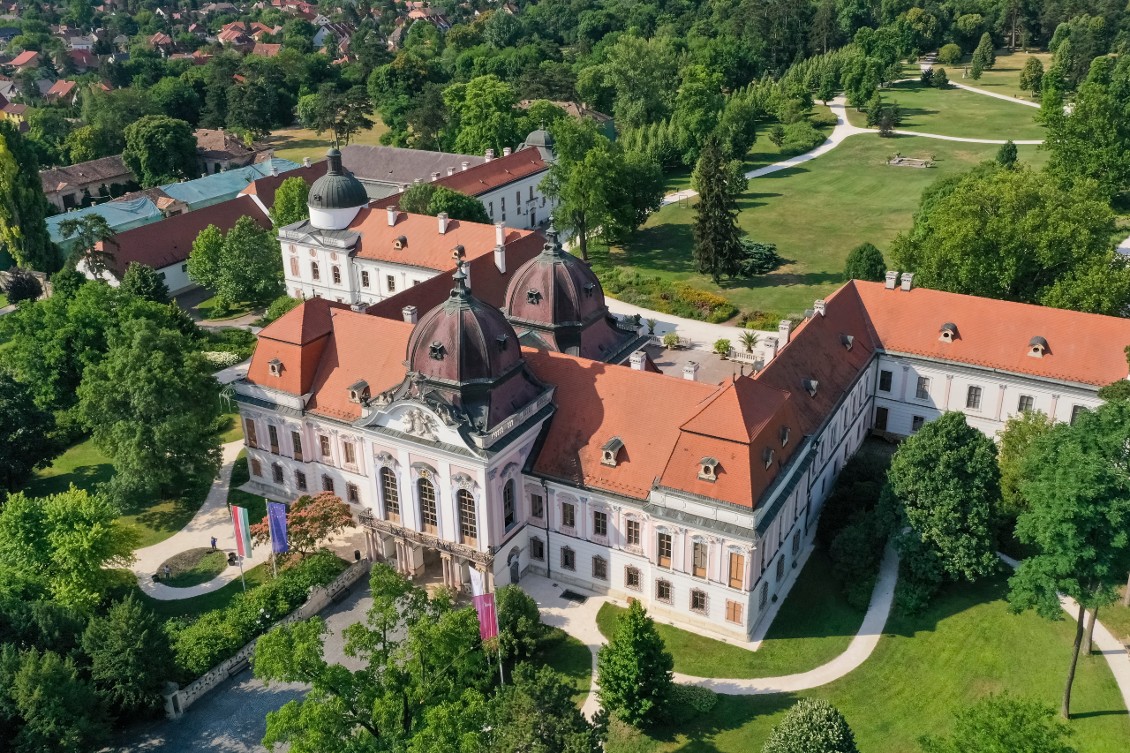
The Royal Palace of Gödöllő or Grassalkovich Castle is an imperial and royal Hungarian palace located in the municipality of Gödöllő in Pest county, only 30 minutes drive from Budapest. The palace is one of the most important, largest monuments of Hungarian palace architecture. It has a double U shape, and is surrounded by a 26-hectare park. It is the second largest Baroque castle in the world, and it is famous for being a favourite place of Queen Elisabeth (Sisi) of Hungary. Do not miss it if you are interested in Versailles-like palaces, gigantic English landscape gardens, and how aristocrats and monarchs lived in the 18th and 19th centuries.
Visegrád Castle
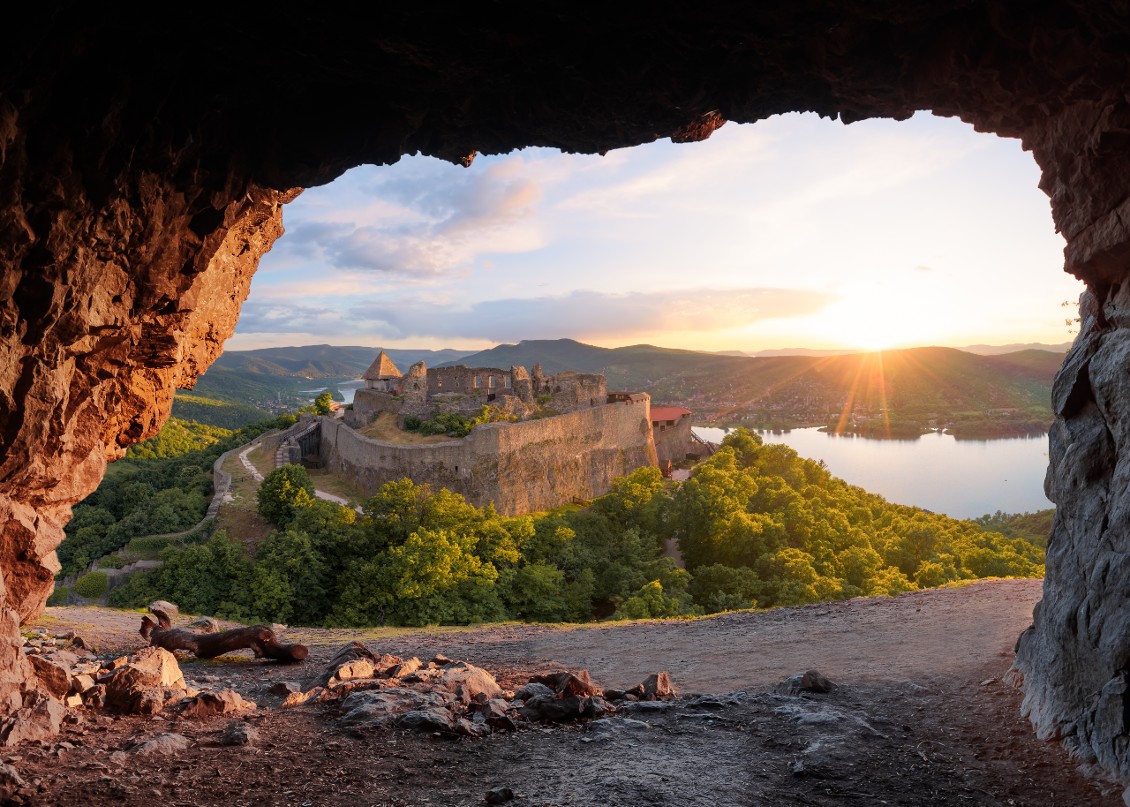
The Citadel which is commonly ust referred as the castle of Visegrád is the most emblematic building of the small castle town, Visegrád in Pest county. It is north of Budapest on the right bank of the Danube in the Danube Bend. Visegrád is famous for the remains of the Early Renaissance summer palace of King Matthias Corvinus of Hungary and the medieval citadel. The double castle system was built by Béla IV. The castle consisted of a fortress surrounding the mountaintop, two towers, and a residential palace. In reality, the Solomon Tower is the part of the complex too, which can be found on the base of the Castle Hill as the Lower Castle. Visegrád Castle provided the venue for the famous Royal Summit of Kings in 1335. The Czech, Polish, and Hungarian kings met there, and thus the name The Visegrád Four (Slovakia becoming the fourth after the dissolution of Czechoslovakia) was born. Permanent exhibitions of the Citadel: Holy Crown exhibition, Historical exhibition, Panopticon (in the memory of the Congress in 1335), Medieval history of the weapons, Royal hunting in the Middle Ages, Outdoor presentation of the medieval war-equipment.
Royal Palace of Visegrád
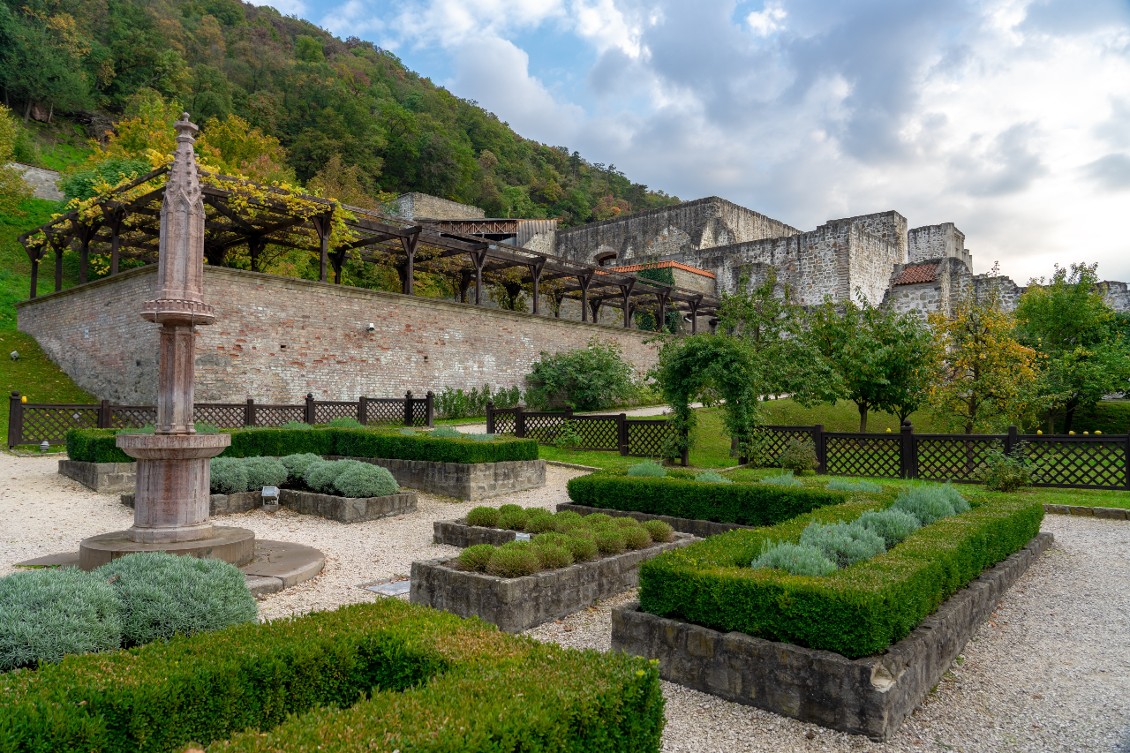
Already Charles I, king of Hungary had a royal town house and other buildings built in the town of Visegrád around 1320. These buildings were later developed into a splendid palace in the second half of the 14th century under his son, Louis the Great and then Sigismund of Luxemburg. The royal palace was the official seat of the Hungarian kings from the 1330's until 1408. The excavated ruins of the Royal Palace tell us about its Gothic and Renaissance past. The terraced building complex consisted of three main parts: the northern Matthias Palace, the Royal Chapel and the Palace of Beatrix. Permanent exhibitions of the Royal Palace: Stone exhibition of the Anjou-age, The history of the Royal Palace of Visegrád, A room from the age of Sisigmund, Royal kitchen, Corvin suite.





